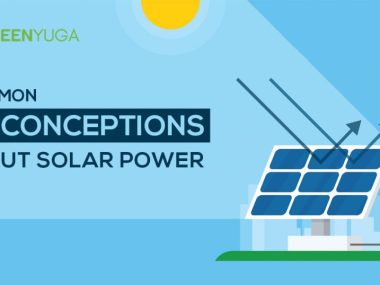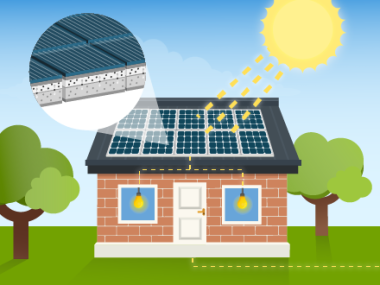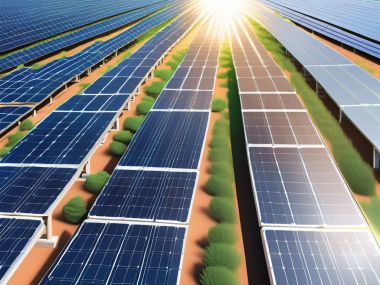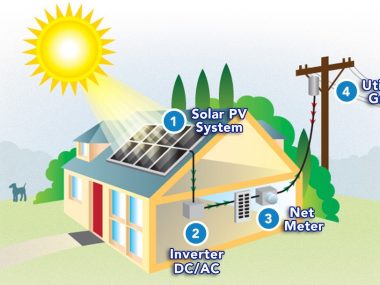1. On-Grid Solar Systems (Grid-Tied)
Connection to the Grid:

Energy Management:
Reliability:
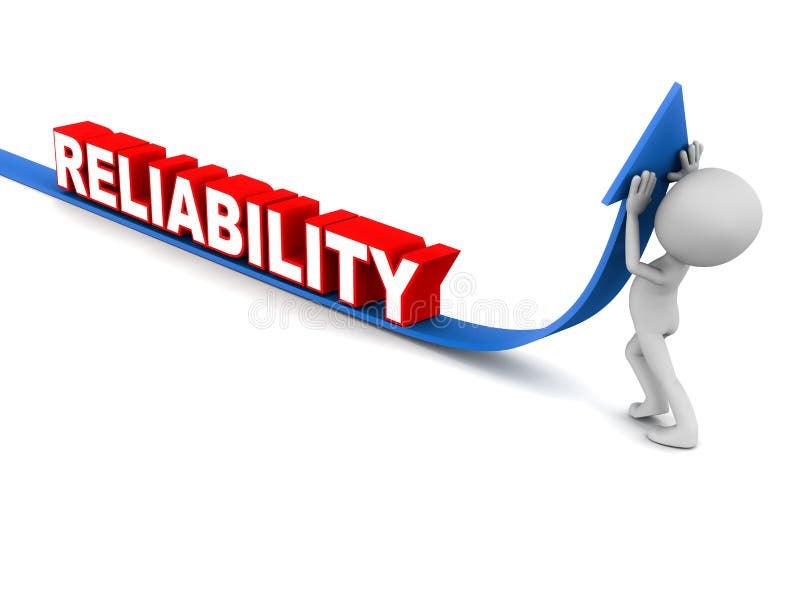
No Connection to the Grid:Off-grid solar systems are completely independent of the public electricity grid. They are designed to function in remote locations where grid access is unavailable or unreliable.
Cost and Complexity

Reliability:
Key Points of Comparison
Energy Source:
Grid-tied systems utilize the grid during low solar power production; standalone systems solely depend on stored energy.
Cost:
Grid-tied systems are generally more cost-effective initially as they do not need batteries. Standalone systems necessitate batteries, leading to higher initial expenses.
Complexity:
Grid-tied systems have a simpler design and are easier to set up. Standalone systems involve more components and meticulous planning to guarantee a dependable power supply.
Reliability:
Grid-tied systems rely on the grid for uninterrupted power, whereas standalone systems offer full energy independence but demand effective energy storage solutions.
Hybrid Solar Systems
A hybrid solar system merges features from both on-grid and off-grid systems. It remains linked to the grid while incorporating battery storage. This configuration enables the utilization of stored solar energy in grid outages, striking a balance between reliability and cost.
Comprehending these distinctions aids in selecting the appropriate solar system based on energy requirements, location, budget, and desired level of energy self-sufficiency.
In conclusion, it is crucial to distinguish between on-grid and off-grid solar systems when choosing the most suitable energy solution for different situations. On-grid systems are connected to the public electricity grid, allowing for easy integration and bidirectional energy transfer. They provide convenience, lower initial costs, and straightforward installation processes. However, they are susceptible to grid outages and depend on grid stability.
Conversely, off-grid systems function independently from the public grid, offering complete energy independence. They are ideal for remote areas with limited or unreliable grid access. Despite their resilience and self-sustainability, off-grid systems come with higher initial expenses and increased complexity due to the need for energy storage solutions. Recognizing these distinctions is essential for tailoring solar solutions to specific energy requirements, locations, budget limitations, and desired levels of autonomy and reliability. By carefully considering these factors, individuals and businesses can make well-informed choices to enhance their energy strategies and embrace sustainable solar power solutions.



